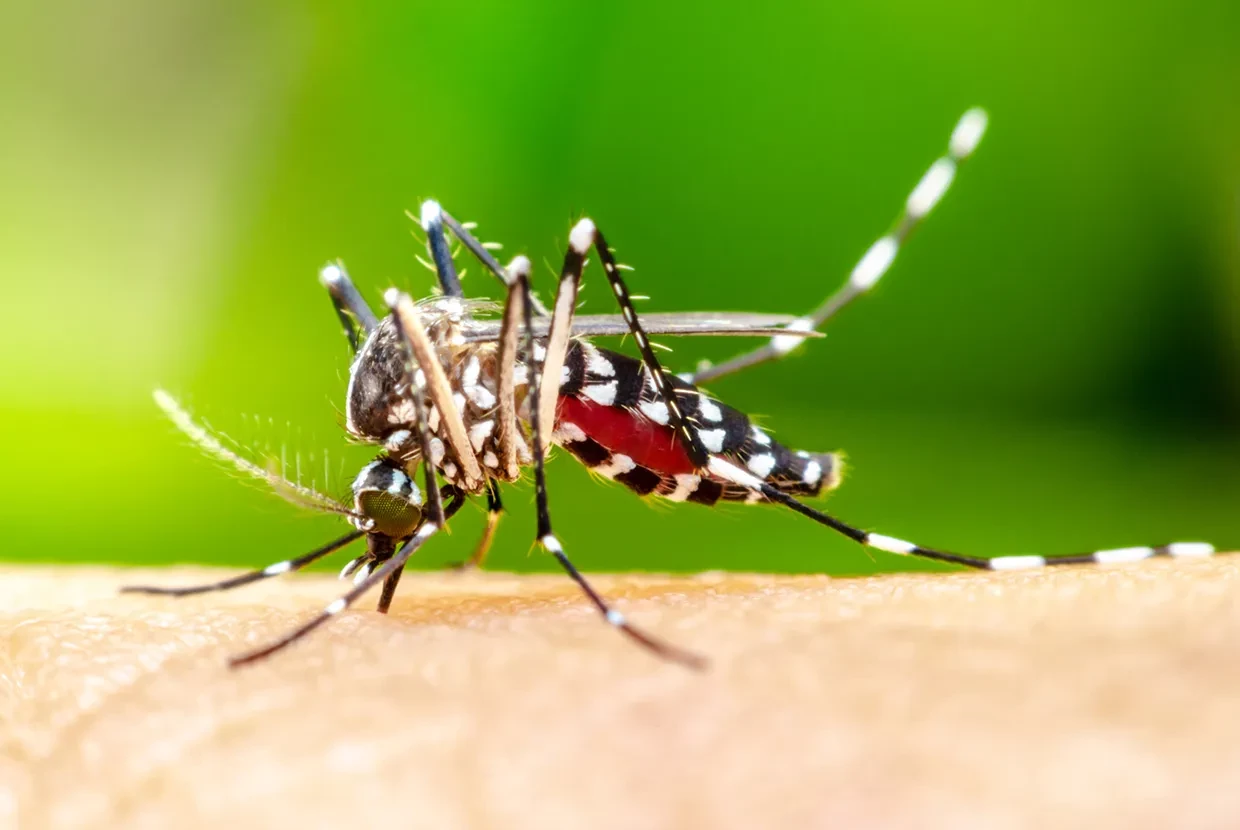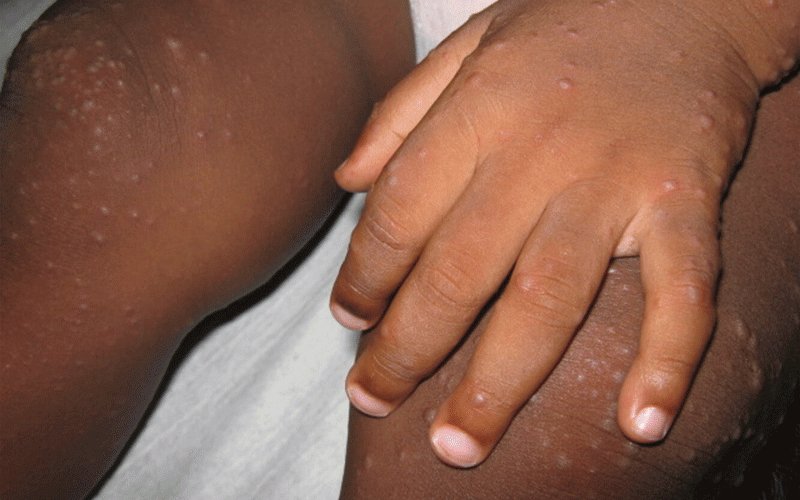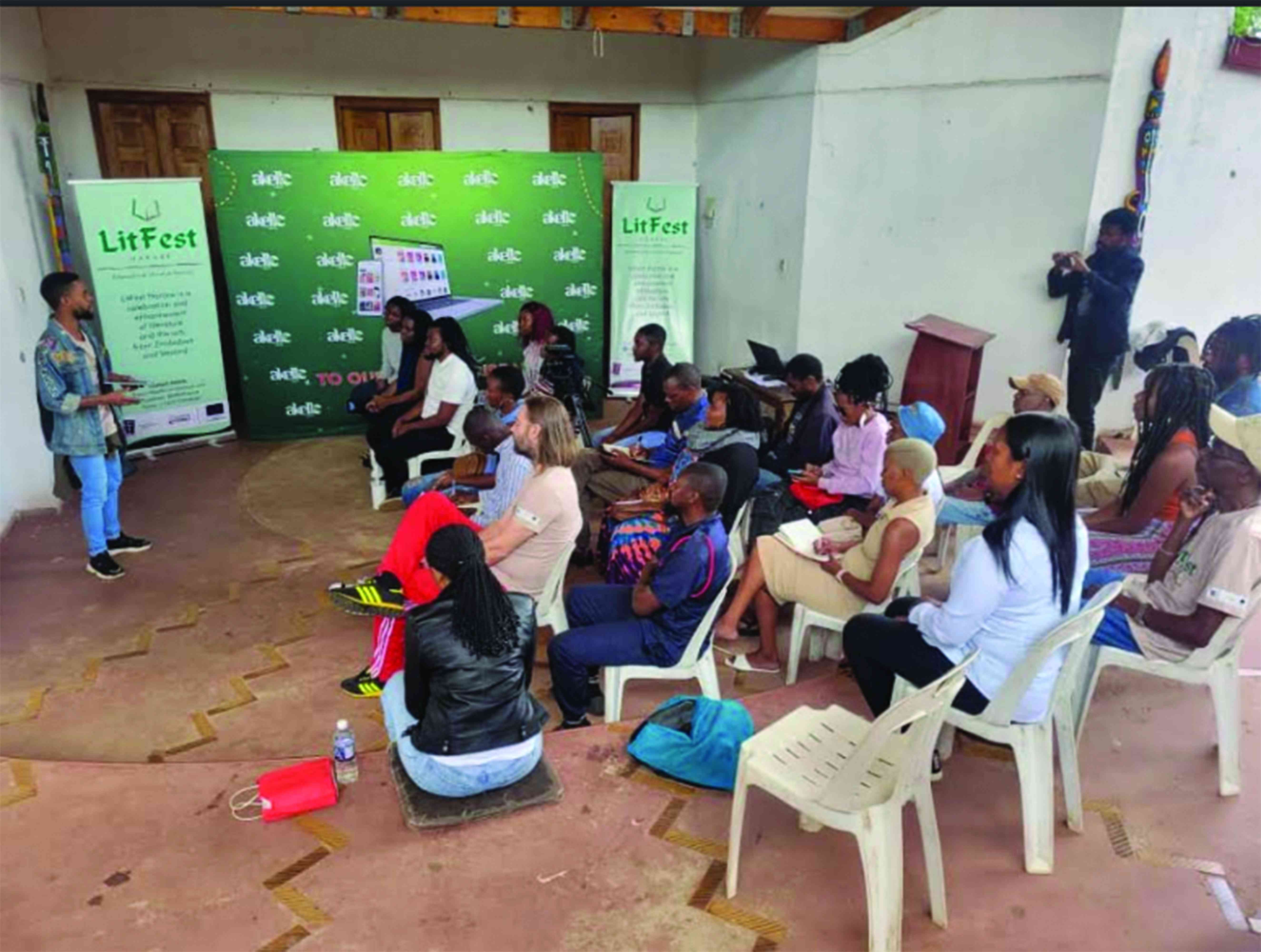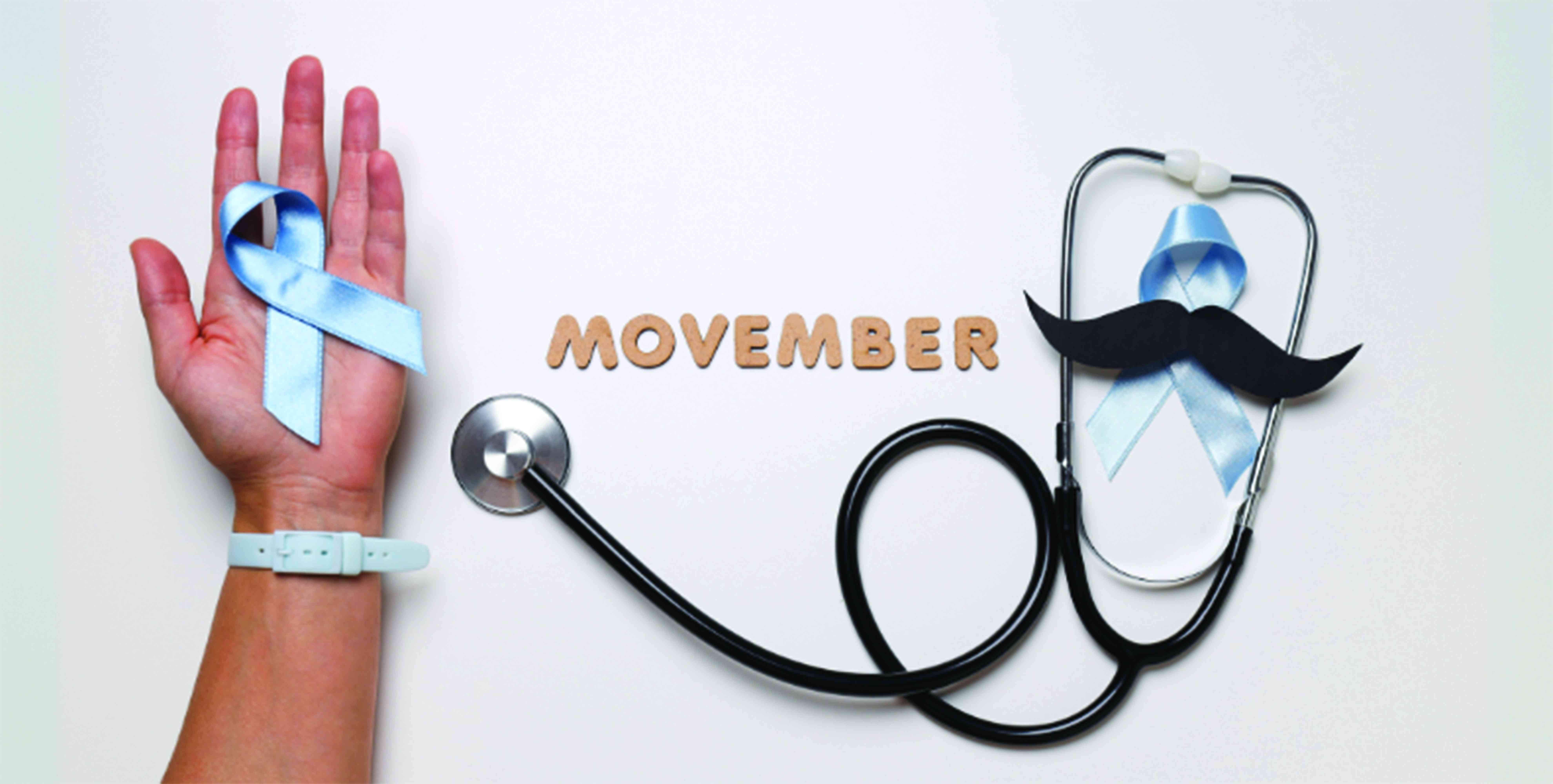
IN Zimbabwe and many other sub-Saharan regions, the increase in rainfall creates ideal breeding conditions for mosquitoes, which are the primary vectors of malaria.
As the rainy season approaches, so too does the threat of this deadly disease, prompting the call for heightened awareness and preventive action.
“Malaria is an infectious disease caused by a parasite that one gets through a bite from an infected female Anopheles mosquito, causing a series of reactions in the body that trigger an immune response,” Cimas Health Group Ahban Krispen explained.
“The rains provide breeding grounds such as swampy areas, tall grass and stagnant water for mosquitoes, particularly the female anopheles mosquito responsible for malaria transmission.
Thus, transmission rates increase,” he said. Early detection of malaria is crucial, but symptoms can be misleading. They are usually nonspecific such as a headache, fever, vomiting, chills, rigors, malaise and diarrhoea.
To distinguish malaria from other febrile illnesses such as flu or typhoid, Krispen emphasised the importance of testing, saying malaria can be distinguished by performing diagnostic tests which include rapid diagnostic test (RDT) as well as a blood film or smear.
He pointed out that in most cases, there are certain groups that are more vulnerable to severe complications.
“Young children between six to 59 months and pregnant women are most at risk.
- Malaria fight disrupted by COVID pandemic: WHO
- Malaria fight disrupted by COVID pandemic: WHO
- Co-operate to curb malaria, Mash West farmers urged
- Vaccines could be a game-changer in the fight against malaria in Africa
Keep Reading
“Children particularly those under five years of age will not yet have developed immunity while older children will have only developed partial immunity, hence more likely to develop severe disease,” Krispen pointed out.
“And more so in Africa, many who are at risk lack access to the services they need to prevent, detect and treat the disease.”
He went on to say pregnant women face heightened risks due to physiological changes. Their immune system will have undergone changes which make them more vulnerable to infections, he explained.
“Mosquitoes play a central role in the malaria transmission cycle. They are vectors that ingest malaria parasites at a mature stage when blood-feeding a human host.
“The parasites complete their life cycle within the mosquito and migrate to the salivary glands of the infected mosquito; from there they can infect another human through another bite,” Krispen said.
“Fortunately, diagnostic methods have improved. Current diagnostic methods are highly effective. The rapid diagnostic test is quite easy to use, particularly in resource-limited settings, though they have a limit of detection.
“In such cases, examination of a blood smear under a light microscopy is a standard tool of detecting malaria parasites even at low densities.
“Treatment options are available and increasingly accessible. It is available in the form of oral medication such as artemether lumefantrine, artesunate or amodiaquine, quinine, primaquine and clindamycin.
“Other options include parenteral medication depending on severity of symptoms and other clinical states such as pregnancy. These treatment options are now accessible even in rural areas via local clinics and district hospitals.
“Different types of malaria require tailored approaches. There are different forms namely plasmodium malaria, plasmodium knowlesi, plasmodium vivax, plasmodium ovale and plasmodium falciparum, with the most prevalent in our setting being the Plasmodium falciparum,” he added.
Treatment options do differ depending on the type of malaria and their sensitivity to drugs,” Krispen said.
“Drug resistance is a factor to consider particularly when a patient is not responding to the first line treatment. This is confirmed by either a deteriorating clinical state or increase or no change in the parasitaemia on the blood smear, leading to poor outcomes or even death,” he warned.
“Prevention is key. Although there is not sufficient evidence to support the use of antimalarial prophylaxis in Zimbabwe, chemoprophylaxis can still be used in pregnant women visiting areas with high risk of malaria. The drugs used include sulfadoxine and pyrimethamine.
“It is advised that in addition to this, one must still have personal protection such as use of mosquito repellent, sleeping under a net, putting on long sleeve clothes during dusk or dawn and getting indoors early.
“Insecticide-treated bed nets are a proven defence. This is a vector control tool that reduces contact of humans to mosquitoes that carry malaria. The insecticide is effective in killing or disabling the mosquitoes,” the Cimas doctor said.
Krispen advised that indoor residual spraying also plays a vital role. He said this involves the spraying of insecticide on indoor residential walls and ceilings, and it should be done at least once a year. It reduces the proportion of mosquitoes surviving long enough to transmit malaria.
He also said vaccines are now part of the arsenal used to combat malaria.
“There are malaria vaccines approved by the World Health Organisation targeting children who live in areas with moderate to high transmission of malaria,” Krispen said.
“Community action is also essential. The implementation of widespread indoor residual spraying, educational campaigns on the use of preventive methods and draining of stagnant water near residential areas can be done by communities to help prevent malaria.”
“For travellers and urban residents, caution is advised. For pregnant women, it would be advisable to defer travel to malaria endemic regions, as they are a vulnerable group who could easily develop severe disease if infected.
He added: “It is also advised to limit night-time exposure as Anopheles mosquitoes generally bite between dusk and dawn. Staying in well screened and air-conditioned accommodation and wearing clothing that reduce the amount of skin exposed is also recommended. Applying insect repellent and sleeping under bed nets treated with insecticides is essential too.
“Cimas Health Group’s message to communities and policymakers on malaria is strengthen existing measures of disease surveillance, from the passive surveillance which involves case detection at health facilities, active surveillance which involves outreach to areas that may be underserved by health facilities and case-based surveillance where individual cases are investigated to determine the likely origin of the infection.
“Let us increase awareness through media and outreach programs on tools available for malaria prevention particularly in the peak malaria season.
“We must also strengthen programmes that investigate antimalarial resistance, from the drugs used for treatment to insecticides used for prevention,” Krispen said.
The information in this article is provided as a public service by the Cimas iGo Wellness programme, which is designed to promote good health. It is provided for general information only and should not be construed as medical advice. Readers should consult their doctor or clinic on any matter related to their health or the treatment of any health problem. — [email protected]/ WhatsApp: 0772 161 829/ phone 024-2773 0663.











